
- Quick contact : 9447749270
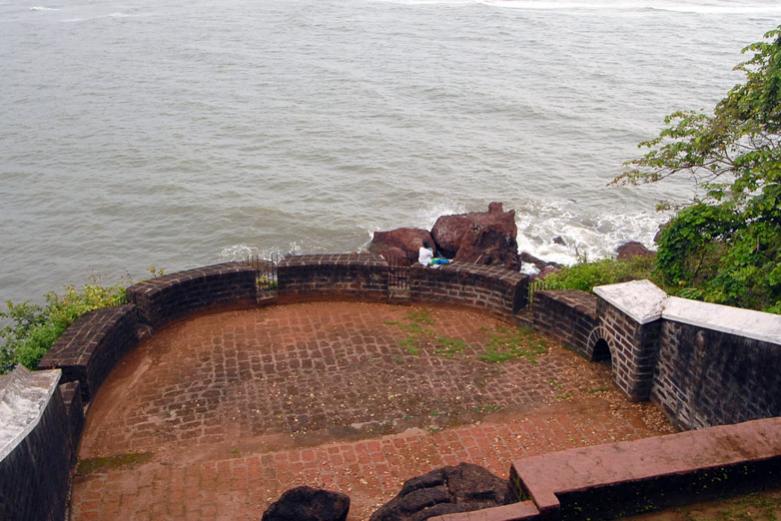
Tiracol fort
Fort Tiracol, sometimes known as Terekhol Fort. Its located on the northern tip of Goa at Pernem just at the mouth of the Tiracol River, Fort Tiracol can be reached by a ferry from Querim, its the best option to get there early. Going from road may take a little more time, but travelling through ferry in goa is great fun. The fort was originally built by Maharaja Khem Sawant Bhonsle, the Raja of Sawantwadi, in the 17th century. The site chosen was a hillock on the Northern (right) bank of the river, which gave a commanding view of the Arabian sea. The Bhonsles of Sawantwadi kept a sizeable fleet of native vessels which sheltered in the Tiracol River. The fort initially consisted of 12 guns, a barrack and a chapel.
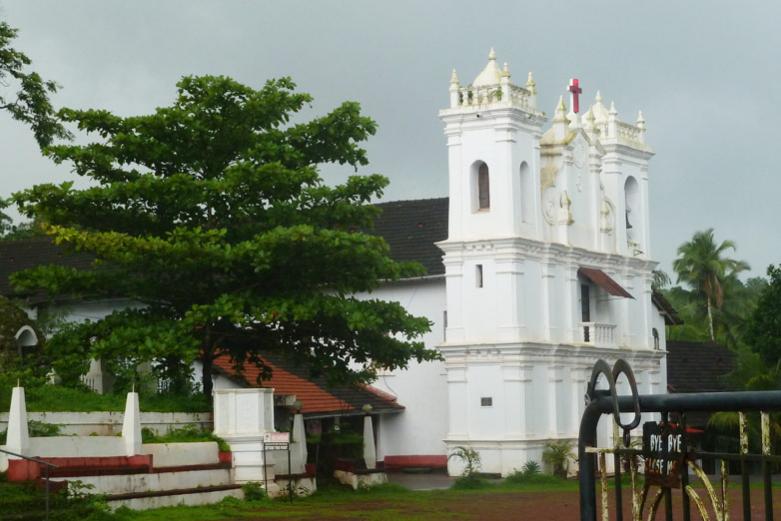
BARDEZ
Located in North Goa, Bardez is a taluka, which is popular for its beaches and markets. Bardez refers to ‘bara desh’, which means twelve countries. Twelve specific territorial areas, which together make the Bardez taluka, are Pombrupa, Olaulim, Anjuna, Serula, Aldona, Assagao, Moira, Machinola, Saligao, Candolim, Sangolda and Nachinola.
Bardez is delimited by Chapora River from the northern side and Mandovi River from the southern side. Mapusa River, which originates in Bardez, flows to the east of the region, while on the west of the region lays the Indian Ocean. In 1543, Bardez was under the control of the Portuguese along with Salcette and Mormugao and formed a part of the Portugal's Velhas Coquistas or Old Conquests.
Today, Bardez is one of the popular tourist destinations in Goa, with famous sites like the fort of Aguada and the beaches of Candolim, Sinquerim, Calangute, Baga and Anjuna. Big Wednesday Flea Market in Anjuna and the Friday Bazaar in Mapusa are also major tourist attractions in the region. Native people of Bardez are known as Bardezcar or Bardeskar in the Konkani language, which is the main language spoken.
Dabolim Airport is the main gateway to the destination, which is served by various domestic and international flights. Situated on the Margao-Sawantwadi rail route, Thivim Railway Station is the nearest railway station from Bardez.
Kadamba bus stand of Panaji is the main bus station, which can be used to reach Bardez. Buses from different regions of Goa, Maharashtra and Karnataka operate to and from this station. The best time to visit Bardez is during the winter months, which extend from November to February.

St. Paul's Church
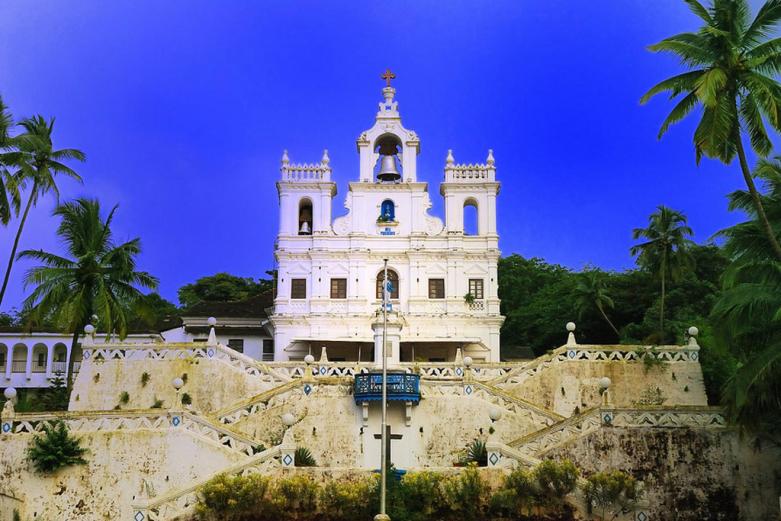
PANJIM
Panjim means the ‘land that does not flood’. During the rule of the Portuguese in Goa, Panjim was just a landing stage with custom housing facilities and was surrounded by marshy swampland. However, in the year 1843, it became a capital.
Although the rulers and Viceroys built some popular buildings and heritage sites, but the overall development was not up to the mark and the main reason for that can be attributed to frequent natural calamities. It was because of these the Portuguese nobles preferred to set their mansions in the countryside than the city.
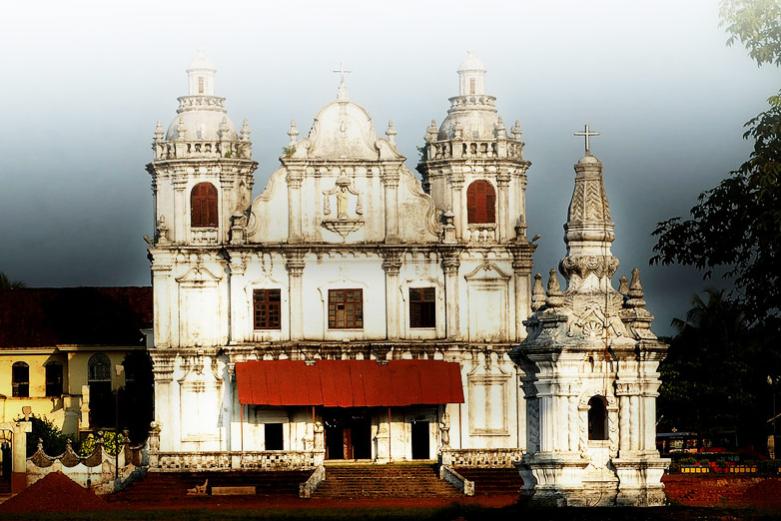
CHURCH OF ST. ALEX
Church of St. Alex, which was founded by Franciscans, is popular among tourists for its architectural beauty. The church features two towers, altars and a white dome, which can be seen from the entrance. This church was originally founded in 1595, which makes it one of the oldest surviving churches in Goa. The church that stands currently at this site was constructed by the local people in 1741. In 1765, the towers of this church were installed, while the sanctuary was rebuilt in 1916.
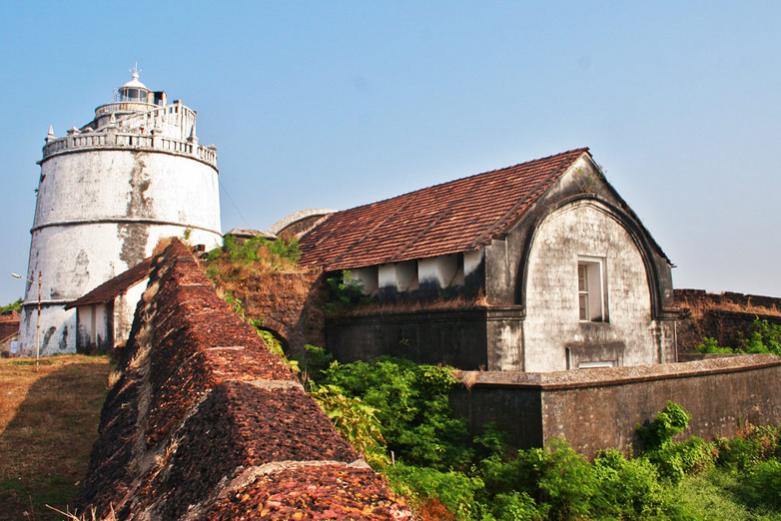
FORT AGUADA
Fort Aguada is a Portuguese fort, which was constructed in 1612 on the Sinquerim Beach. The sole purpose behind building this fort was to guard the region from the Dutch and Marathas. At the site of the original fort, Fort Aguada Beach Resort has been built.

Chapora fort
 Need Quick Assistance ?
Need Quick Assistance ?  +91 9447749270
+91 9447749270  booking@merrygoldholidays.com
booking@merrygoldholidays.com